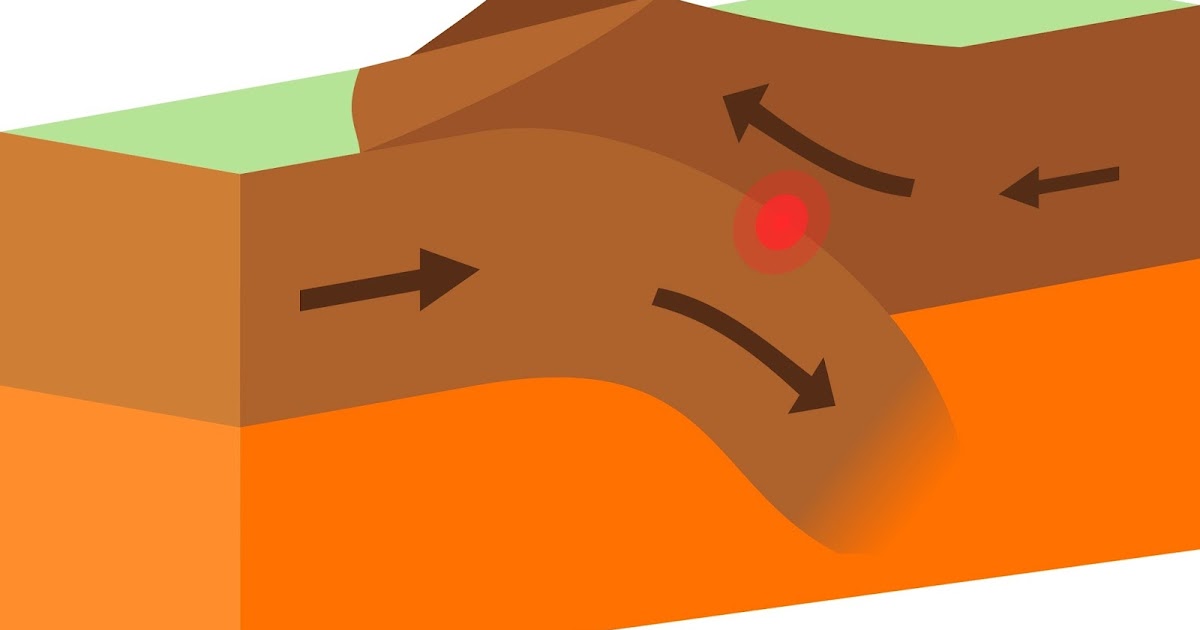

This resulted in the folding of sediments.

There were many rivers which were flowing into the Tethys Sea ( some of the Himalayan rivers were older than the Himalayas themselves.In between Laurasia and Gondwanaland, there was a long, narrow and shallow sea known as the Tethys Sea (all this was explained earlier in Continental Drift Theory).The southern part of Pangaea consisted of present-day South America, Africa, South India, Australia and Antarctica.Its northern part consisted of the present-day North America and Eurasia (Europe and Asia) which is called as Laurasia or Angaraland or Laurentia.During Permian Period (250) million years ago, there was a supercontinent known as Pangaea.Himalayan mountains have come out of a great geosyncline called the Tethys Sea and that the uplift has taken place in different phases.The Himalayas are the youngest mountain chain in the world.Formation of the Himalayans and the Tibetan Plateau due to Continent-Continent Convergence Thus, the fragments of oceanic crust are plastered against the plates causing welding of two plates known as suture zone.

Suture zone: The subduction of the continental crust is not possible beyond 40 km because of the normal buoyancy of the continental crust.

In Continent-Continent Convergence, at continent-continent convergent margins, due to lower density, both of the continental crustal plates are too light (buoyant) to be carried downward (subduct) into a trench.In ocean-ocean convergence and continent-ocean convergence, at least one of the plates is denser and hence the subduction zone is quite deep (few hundred kilometres).Understanding Continent-Continent Convergence is important to understand the Formation of the Himalayas, the Alps, the Urals and the Atlas Mountains. Collision of continent and arc, or continent-arc convergence.Ĭontinent-Continent Convergence or The Himalayan Convergence.Collision of continental plates or continent-continent convergence (formation of fold mountains).Collision of continental and oceanic plates or ocean-continent convergence (formation of continental arc s and fold mountains).Collision of oceanic plates or ocean-ocean convergence (formation of volcanic island arc s).In convergence there are subtypes namely: When one of the plates is an oceanic plate, it gets embedded in the softer asthenosphere of the continental plate, and as a result, trenches are formed at the zone of subduction.Along a convergent boundary two lithospheric plates collide against each other.


 0 kommentar(er)
0 kommentar(er)
